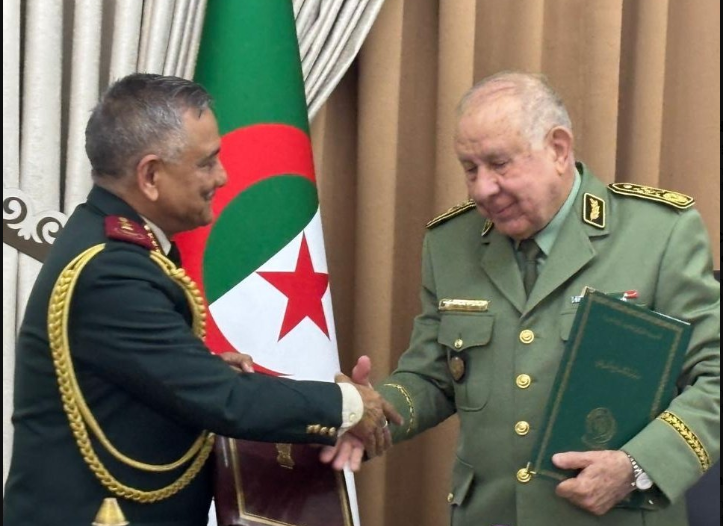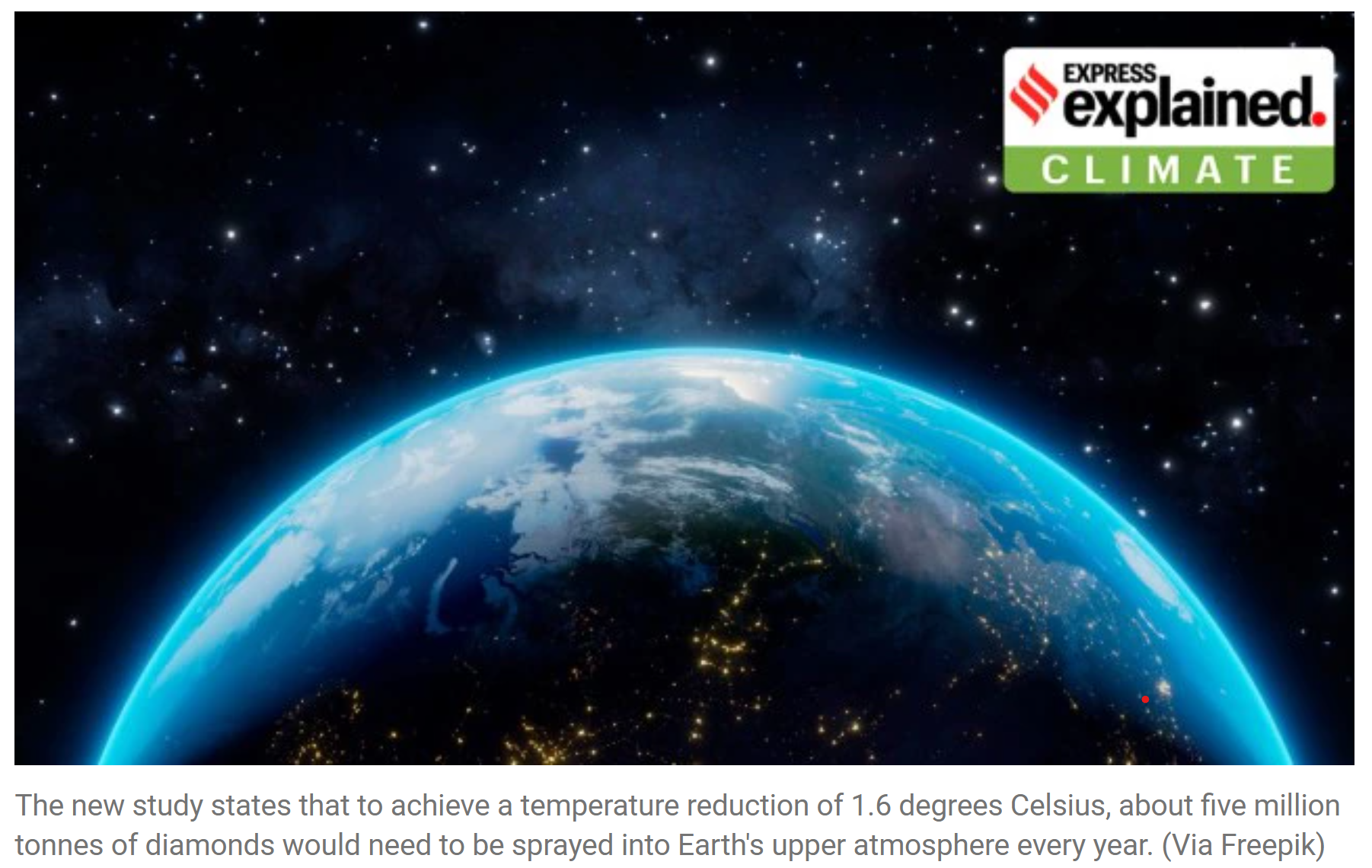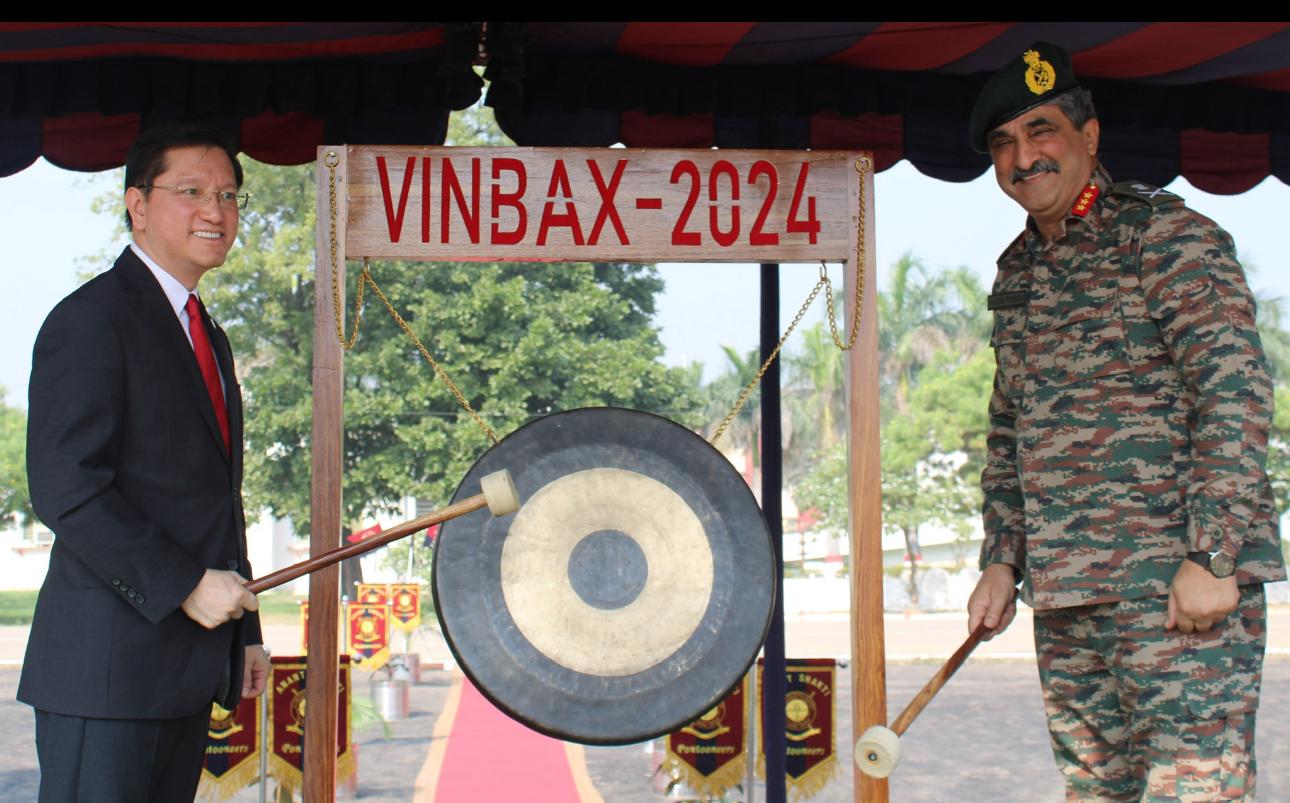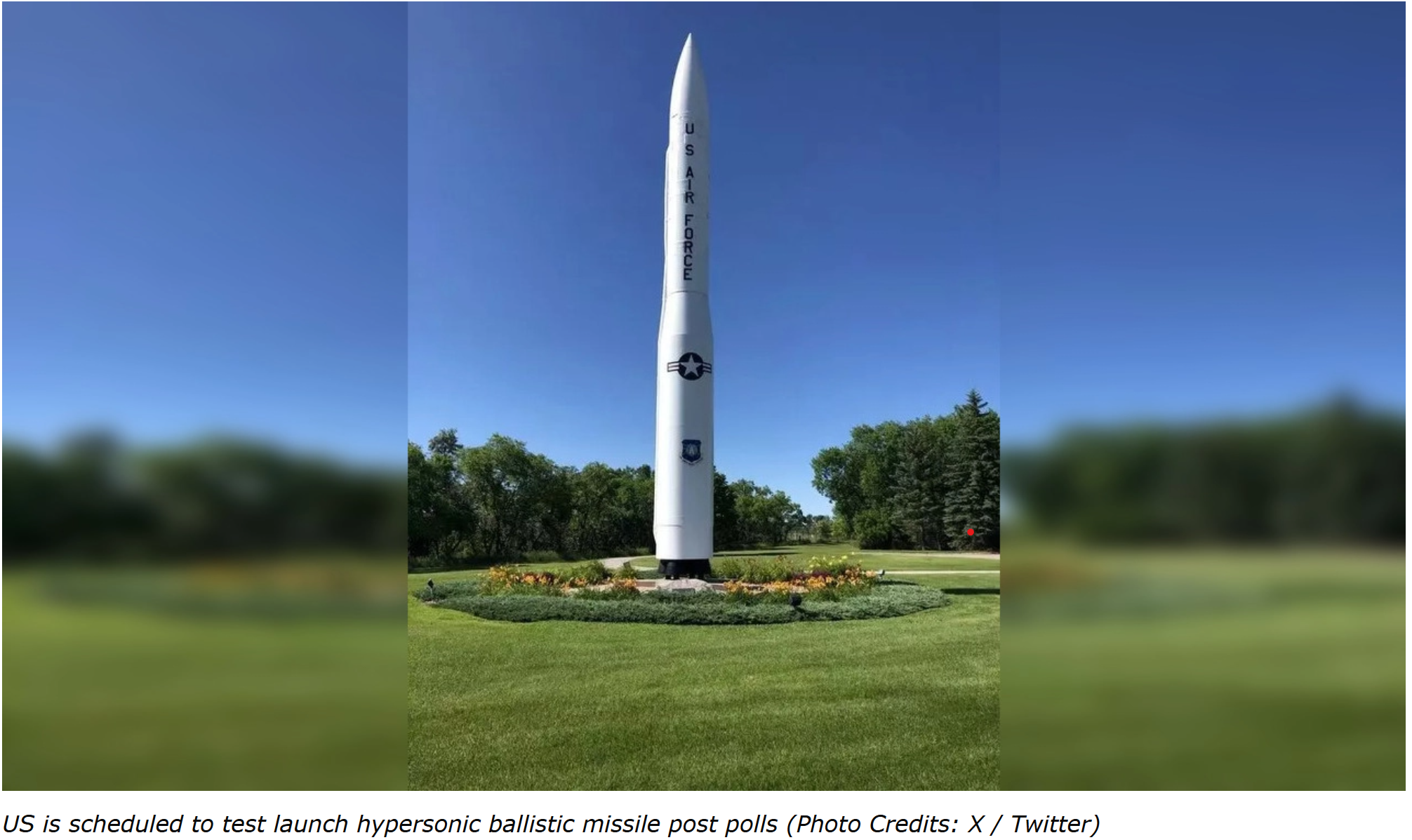India-Algeria Strengthen Defence Ties

- 06 Nov 2024
In News:
- The Chief of Defence Staff (CDS) of India recently visited Algeria, culminating in the signing of a significant Memorandum of Understanding (MoU) on defence cooperation.
- Objective: The MoU aims to strengthen the strategic and military ties between India and Algeria.
Recent Developments in India-Algeria Relations
- Important Visit: The CDS’s visit coincided with Algeria’s 70th anniversary of its revolution, celebrated on November 1st, with military parades and ceremonies highlighting Algeria’s historical and political legacy.
- Defence Cooperation:
- India re-established its defence wing in Algeria, and Algeria reciprocated by considering the establishment of its defence wing in India.
- India emphasized its role as a “Vishwa Bandhu” (global partner) and offered to share defence expertise and experiences with Algeria.
- Strategic Discussion: The MoU aims to enhance mutual understanding, laying the foundation for long-term defence collaboration across multiple sectors, including manufacturing under India’s 'Make in India' and 'Make for the World' initiatives.
- Global Peace Support: CDS reiterated India’s commitment to peaceful conflict resolution and expressed support for Algeria’s defence interests.
Significant Areas of India-Algeria Relationship
- Diplomatic Relations:
- India and Algeria established diplomatic ties in July 1962, the same year Algeria gained independence from French colonial rule.
- India supported Algeria's liberation movement and both countries have maintained close ties as part of the Non-Aligned Movement.
- Bilateral Trade:
- Trade peaked at USD 2.9 billion in 2018 but dropped to USD 1.5 billion by 2021 due to COVID-19 and Algeria’s import restrictions.
- Trade rebounded in 2022, increasing by 24% to USD 2.1 billion.
- Exports from India (2023-24): Rice, pharmaceuticals, granite.
- Imports from Algeria: Petroleum oils, LNG, calcium phosphates.
- Bilateral Agreements:
- 2015 MoU: Between All India Radio (AIR) and Algerian National Radio for cooperation in broadcasting.
- 2018 Space Cooperation Agreement: Focuses on satellite technology for applications like crop forecasting and disaster management.
- Visa Waiver Agreement (2021): Diplomatic and official passport holders are exempt from visa requirements.
- Cultural Engagement:
- International Day of Yoga (2024): Celebrated in Algeria at the Jardin d’Essai du Hamma, attracting over 300 participants.
- Space Cooperation:
- The 2018 India-Algeria Space Cooperation Agreement focuses on joint space science, technology, and applications.
- India has launched four Algerian satellites (2016), and the 2022 Joint Committee Meeting expanded satellite capacity building efforts.
- Algeria’s space agency has engaged with ISRO on satellite applications like crop forecasting and disaster management.
- Indian Community in Algeria:
- Approximately 3,800 Indians live in Algeria, working in various sectors, including technical and semi-skilled roles.
- The community includes 13 Overseas Citizens of India (OCI), 10 Persons of Indian Origin (PIOs), and 15 Indian students.
Spraying Diamond Dust to cool the Earth

- 06 Nov 2024
In News:
- A new study in Geophysical Research Letters suggests that diamond dust could be more effective than any other material in reflecting solar radiation.
- Objective: The goal is to reduce global temperatures by 1.6°C by spraying approximately 5 million tonnes of diamonds annually into the atmosphere.
Background of Geoengineering Solutions:
- Geoengineering refers to large-scale interventions aimed at altering Earth's natural climate system to counteract global warming.
- One proposed solution involves spraying diamond dust in the Earth's upper atmosphere to cool the planet.
- This approach is part of Solar Radiation Management (SRM), which seeks to reflect sunlight away from Earth, thereby reducing global temperatures.
- Previous Materials Considered: Sulphur, calcium, aluminium, silicon, and other compounds have been studied to perform a similar function.
Context of Geoengineering and Climate Crisis:
- Inadequate Progress: Current efforts to mitigate global warming, such as reducing greenhouse gas emissions, have been insufficient. Global temperatures have continued to rise, and targets like the Paris Agreement's 1.5°C are increasingly out of reach.
- Rising Global Temperatures:
- 2023: Global temperatures were approximately 1.45°C higher than pre-industrial levels.
- Projected Challenge: To meet the Paris goal, global emissions must be reduced by at least 43% by 2030. However, current actions will likely result in only a 2% reduction by 2030.
Geoengineering Technologies:
- Geoengineering Methods:
- Solar Radiation Management (SRM): Reflects sunlight to cool Earth.
- Carbon Dioxide Removal (CDR): Involves capturing and storing CO?.
- SRM Techniques:
- SRM draws inspiration from natural events like volcanic eruptions, where large amounts of sulphur dioxide form particles that reflect sunlight.
- Mount Pinatubo (1991): One of the largest eruptions, which temporarily reduced global temperatures by 0.5°C due to the sulphur dioxide released.
Diamond Dust vs Other Materials:
- Study Comparison: Diamonds were found to be the most effective material compared to other compounds (sulphur, calcium, etc.) for reflecting solar radiation.
- Quantity Needed: To achieve a cooling of 1.6°C, 5 million tonnes of diamonds would need to be dispersed into the upper atmosphere each year.
Broader Geoengineering Context:
- Carbon Capture and Storage (CCS):
- CCS is already in practice, where CO? emissions from industries are captured and stored underground to reduce atmospheric carbon.
- However, CCS faces high costs and scalability issues, and safe storage sites for CO? are limited.
- Direct Air Capture (DAC): A more advanced method where CO? is directly removed from ambient air, but it faces even greater challenges in terms of infrastructure and cost.
VINBAX 2024 Exercise

- 06 Nov 2024
In News:
The 5th Edition of Vietnam Indian Bilateral Army Exercise “VINBAX 2024” had commenced at Ambala.
Key Participants
- Indian Army: A contingent of 47 personnel from the Corps of Engineers, along with personnel from other arms and services.
- Vietnam People's Army: A similar-sized contingent representing Vietnam's military forces.
- Bi-Service Participation: For the first time, personnel from both Army and Air Force of India and Vietnam are participating.
Objectives of VINBAX 2024
- Joint Military Capability Enhancement:
- Focus on enhancing joint military capabilities of both countries, specifically in the deployment of Engineer Companies and Medical Teams.
- Peacekeeping Operations (UN Context):
- The exercise prepares both sides for United Nations Peacekeeping Operations (PKO), under Chapter VII of the UN Charter, which deals with peace enforcement actions.
- Humanitarian Assistance & Disaster Relief (HADR):
- The exercise includes a 48-hour validation exercise with demonstrations of Humanitarian Assistance and Disaster Relief (HADR) operations.
- The HADR component will include equipment displays to assess the technical standards of both contingents while executing disaster relief and humanitarian missions in peacekeeping contexts.
Key Activities & Events
- Field Training Exercise: The exercise includes a field training component, with a larger scope than previous editions, focusing on:
- Engineer Tasks.
- Medical Support.
- Disaster Relief Operations.
- Validation Exercise: A critical 48-hour validation exercise to test the preparedness of the two forces in providing HADR, including:
- Demonstrations of disaster relief operations.
- Equipment displays to showcase capabilities in managing and executing peacekeeping and humanitarian operations.
- Cultural Exchange: The exercise will also provide an opportunity for cultural exchange, where the troops will learn about the social and cultural heritage of each other.
Background of VINBAX
- Inception: VINBAX was first conducted in 2018 as part of the growing defense cooperation between India and Vietnam. The inaugural edition took place in Jabalpur, Madhya Pradesh.
- Alternating Locations: The exercise alternates between India and Vietnam every year.
- Previous Editions:
- 2023 Edition: Held in Vietnam.
- Current Edition: This is the 5th edition, conducted in India (Ambala and Chandimandir).
Indian Defense Engagements in Southeast Asia
- India-Indonesia Joint Special Forces Exercise (Garud Shakti 2024): Held from November 1-12, 2024, in Cijantung, Jakarta, strengthening ties with Indonesian special forces.
- Singapore-India Maritime Bilateral Exercise (SIMBEX 2024): Held from October 23-29, 2024, in Visakhapatnam, focusing on maritime security cooperation in the Indo-Pacific.
Proba-3 Mission

- 06 Nov 2024
In News:
Europe's Proba-3 mission to arrive in India for launch aboard PSLV-XL by ISRO
Key Highlights:
- Objective: The Proba-3 mission, led by the European Space Agency (ESA), aims to observe the Sun’s corona by creating an artificial solar eclipse. This will allow continuous observation of the Sun’s faint outer atmosphere, which is typically only visible during a natural solar eclipse.
- Key Features:
- Artificial Solar Eclipse: The two spacecraft will fly in formation to maintain a shadow between them, enabling the uninterrupted observation of the solar corona.
- Formation Flying: The satellites must maintain a precise formation with an accuracy of one millimetre, equivalent to the thickness of a fingernail.
Mission Details
- Launch Date: Scheduled for December 4, 2024.
- Launch Location: Satish Dhawan Space Centre near Chennai, India.
- Launch Vehicle: The PSLV-XL rocket developed by ISRO will be used for the launch.
- Spacecraft Mass: The combined mass of the two spacecraft is 550 kg.
- Orbit: The spacecraft will be placed in a highly elliptical orbit with a maximum altitude of 60,000 km to facilitate the precise formation flying.
- This high altitude minimizes Earth’s gravitational pull and reduces the amount of propellant required to maintain their positions during the mission.
Mission Significance
- Solar Observation: The primary objective is to observe the Sun’s corona, which has been challenging to study due to its faintness. The artificial eclipse will allow continuous data collection on solar activity.
- Formation Flying: This technology will allow the two satellites to maintain autonomous flight with millimetre-level precision, which is a significant advancement in satellite formation control.
- Six-Hour Observation Windows: Each formation flying session will last for up to six hours, during which the satellites will observe the Sun's corona.
Technological and Scientific Contributions
- ASPIICS Instrument: The ASPIICS (AStronomical PIcture Camera for the Intense Corona of the Sun) will be the mission's primary instrument, developed by the Royal Observatory of Belgium. It will provide crucial data on solar activity and space weather.
- International Collaboration: The mission is a collaborative effort involving 14 ESA member states and various organizations across Europe.
- Mission Control: The mission will be managed from the ESA’s European Space Operations Centre (ESOC) in Belgium, with significant pre-launch training and preparations already underway.
ISRO's Role and Historical Context
- Launch by ISRO: The Proba-3 mission will be ISRO’s first launch for ESA since 2001, marking an important milestone in India-Europe space cooperation.
- PSLV-XL Rocket: ISRO’s PSLV-XL rocket is known for its reliability and capability in deploying satellites into precise orbits. It is well-suited to carry the 550 kg Proba-3 duo into a highly elliptical orbit for the mission.
Minuteman III ICBM

- 06 Nov 2024
In News:
The U.S. Army is scheduled to test launch a Minuteman III ICBM (Intercontinental Ballistic Missile) after the closure of voting on Election Day.
Missile Features
- Speed: Hypersonic, capable of reaching speeds up to 15,000 mph (Mach 23).
- Range: 13,000 km.
- Payload: Currently carries one nuclear warhead (as per arms control agreements with Russia), but originally designed for multiple independently targetable re-entry vehicles (MIRVs).
- Launch Time: Extremely fast, enabling near-instant global retaliation capabilities.
- Testing Reliability: Nearly 100% success rate in tests, with backup airborne launch controllers to ensure continuity of the retaliatory strike capability.
- Length: 18.2 meters.
- Diameter: 1.85 meters.
- Launch Weight: 34,467 kg.
- Type: Three-stage, solid-fuel missile.
Strategic Significance
- Land-Based Nuclear Deterrent: The Minuteman III is a key component of the U.S. nuclear triad, which includes land-based missiles, submarine-launched missiles (SLBMs), and strategic bombers.
- Cost-Effectiveness: The Sentinel weapon system (modernized Minuteman III) is viewed as the most cost-effective option for maintaining the land-based leg of U.S. nuclear deterrence until the planned Ground-Based Strategic Deterrent (GBSD) system replaces it in 2029.
- Global Reach: The missile can strike any target worldwide within minutes, demonstrating U.S. nuclear reach and power projection.
